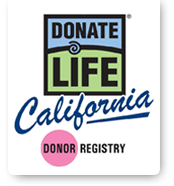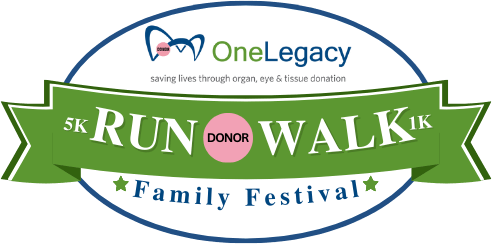
Natasha Deegan exudes good health, a fighting spirit and dedication to helping others. To look at her, you would never know that just a few years ago, she was part of the 1% of individuals who go into acute liver failure after contracting Hepatitis A, a food-borne illness.
“I knocked on God’s door but he said he wasn’t ready for me yet. I’ve been lucky in so many ways. I’ve had a great support system and I survived what so many people don’t. Nineteen people in need of transplants die every day and I could easily have been one of them.”
The holiday season of 2010 was not a joyous one. Natasha woke up feeling miserable on Thanksgiving Day and ended up in the emergency room. After various tests had been run and liver enzymes were noted to be high, the final diagnosis was Hepatitis A. The doctor was confident she would get through it as most people do. However, by Christmas, “I was as yellow as a highlighter and feeling pretty miserable.” She welcomed in the New Year and that’s the last day she remembers prior to transplant. The next day, doctors induced a coma and Natasha was put on the transplant list.
By January 7, Natasha was dealing with a slew of issues including swelling on the brain that mandated surgery and a bolt in the head. “I looked like a unicorn,” says Natasha, although she admits she was in a coma and doesn’t remember this time. Her husband who was by her side throughout still shies from memories of watching Natasha endure this part of an excruciatingly difficult medical journey. The doctors told her family if a liver was not found within 24 hours, then Natasha would die.
Miraculously, at midnight, a liver was found and Natasha’s second chance at life began. She first “woke up” on January 12 and though overjoyed to be alive, was distraught that someone had died to offer her another chance to live.
“All I know is that my donor was a 30-year-old from Southern California. The doctors say I’m a miracle but really, it’s my donor who is the real hero and miracle. Not a day goes by that I do not wake up and thank my donor.”
High concentration of Azithromycin in infected tissues is also caused by the fact that phagocytes and macrophages transport it to the site of infection and release in the area of inflammation. Azithromycin is prescribed in case of illness or injury at the time.







